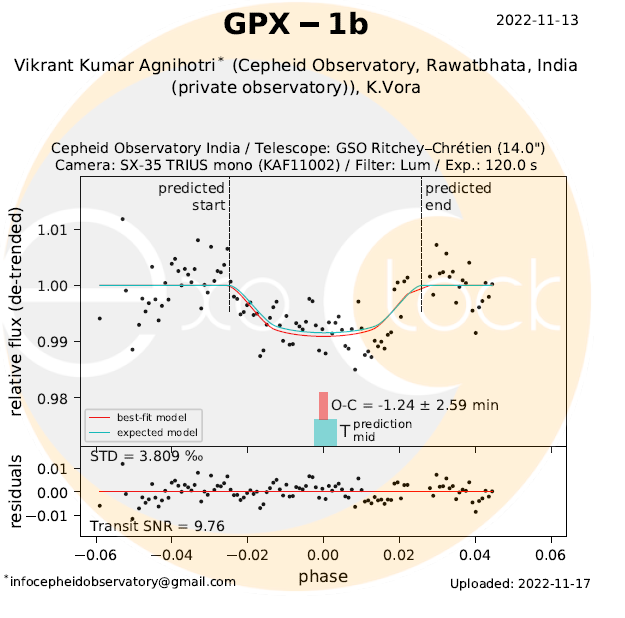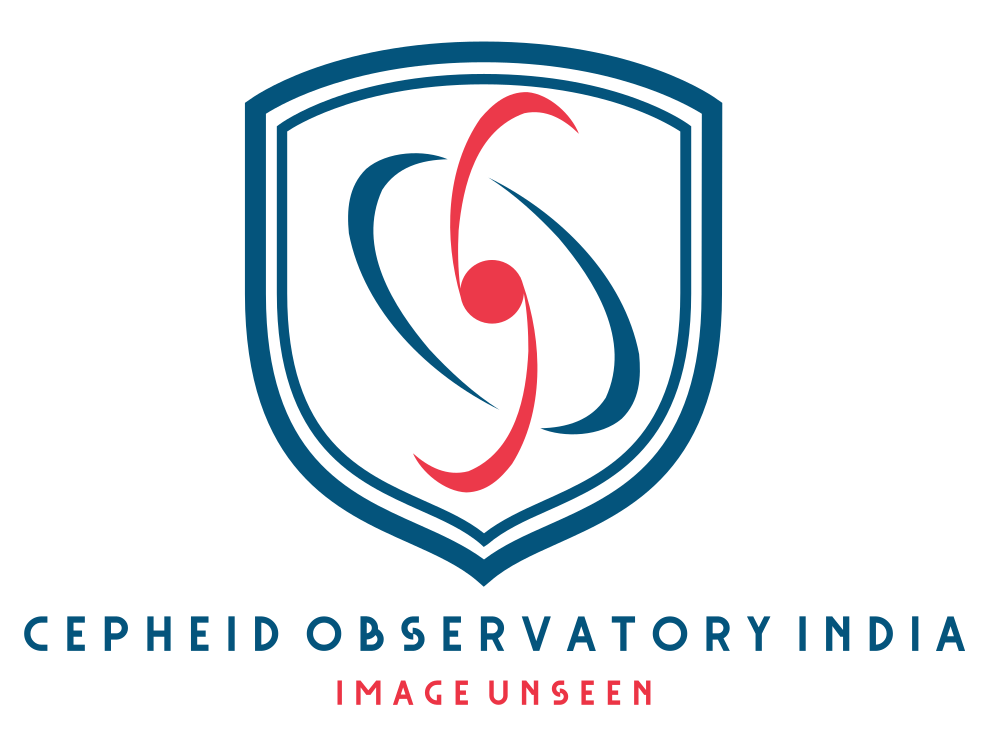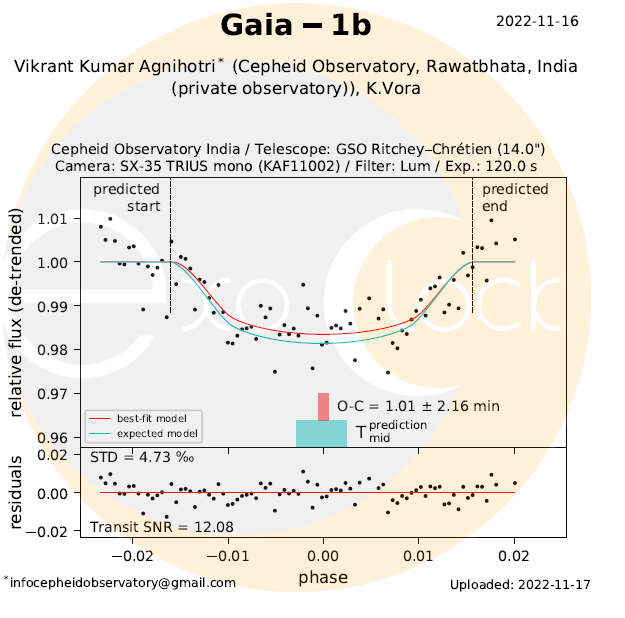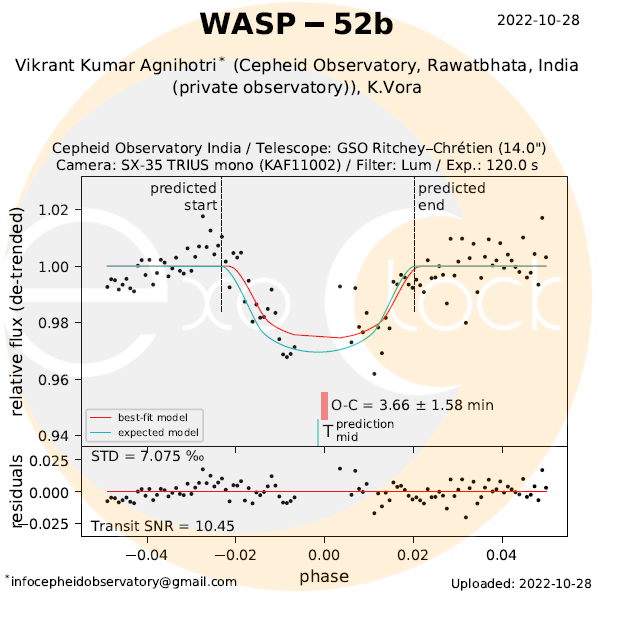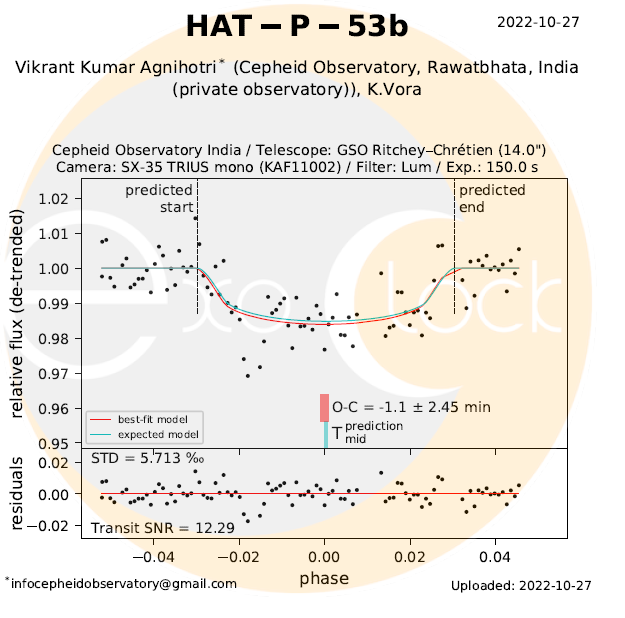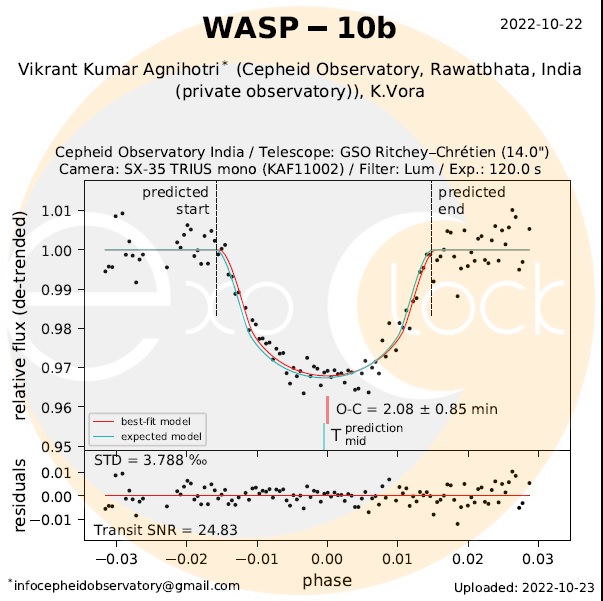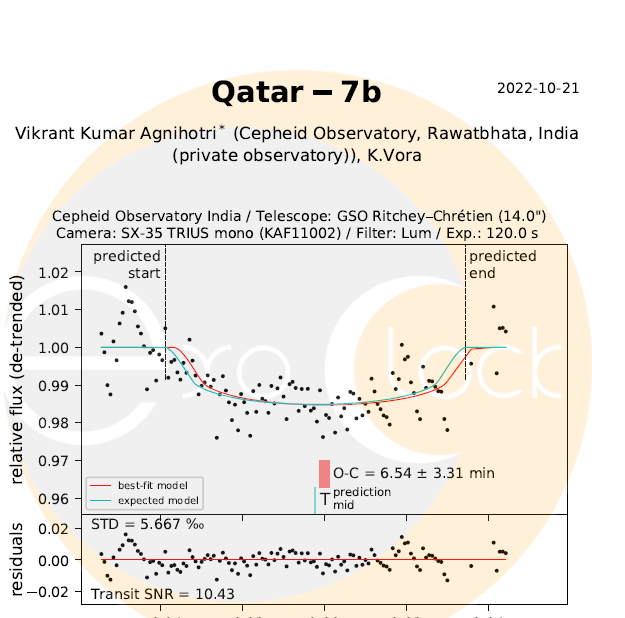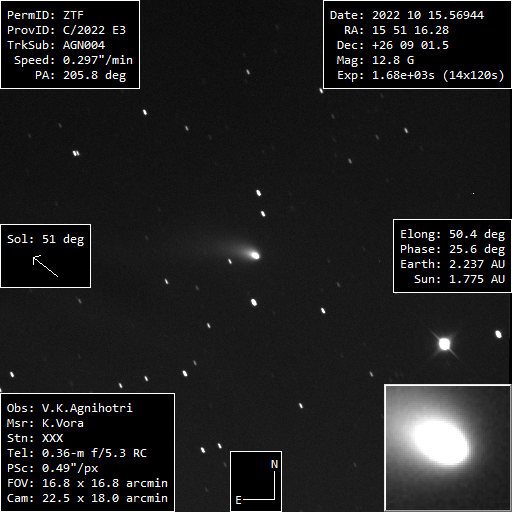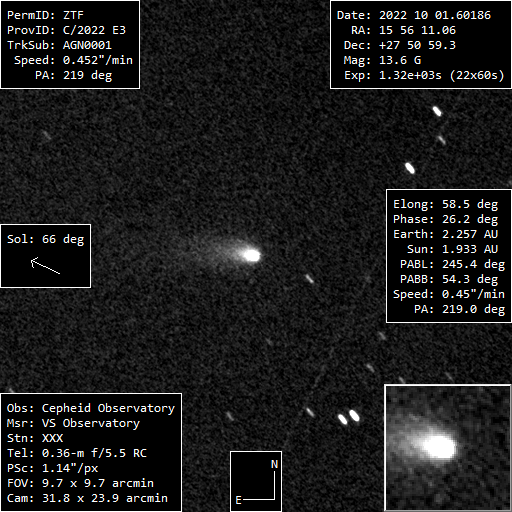The ExoClock project has been created with the aim of increasing the efficiency of the Ariel mission. It will achieve this by continuously monitoring and updating the ephemerides of Ariel candidates over an extended period, in order to produce a consistent catalogue of reliable and precise ephemerides. This work presents a homogenous catalogue of updated ephemerides for 450 planets, generated by the integration of ∼18000 data points from multiple sources. These sources include observations from ground-based telescopes (ExoClock network and ETD), mid-time values from the literature and light-curves from space telescopes (Kepler/K2 and TESS). With all the above, we manage to collect observations for half of the post-discovery years (median), with data that have a median uncertainty less than one minute. In comparison with literature, the ephemerides generated by the project are more precise and less biased. More than 40\% of the initial literature ephemerides had to be updated to reach the goals of the project, as they were either of low precision or drifting. Moreover, the integrated approach of the project enables both the monitoring of the majority of the Ariel candidates (95\%), and also the identification of missing data. The dedicated ExoClock network effectively supports this task by contributing additional observations when a gap in the data is identified. These results highlight the need for continuous monitoring to increase the observing coverage of the candidate planets. Finally, the extended observing coverage of planets allows us to detect trends (TTVs – Transit Timing Variations) for a sample of 19 planets. All products, data, and codes used in this work are open and accessible to the wider scientific community.
https://arxiv.org/abs/2209.09673
